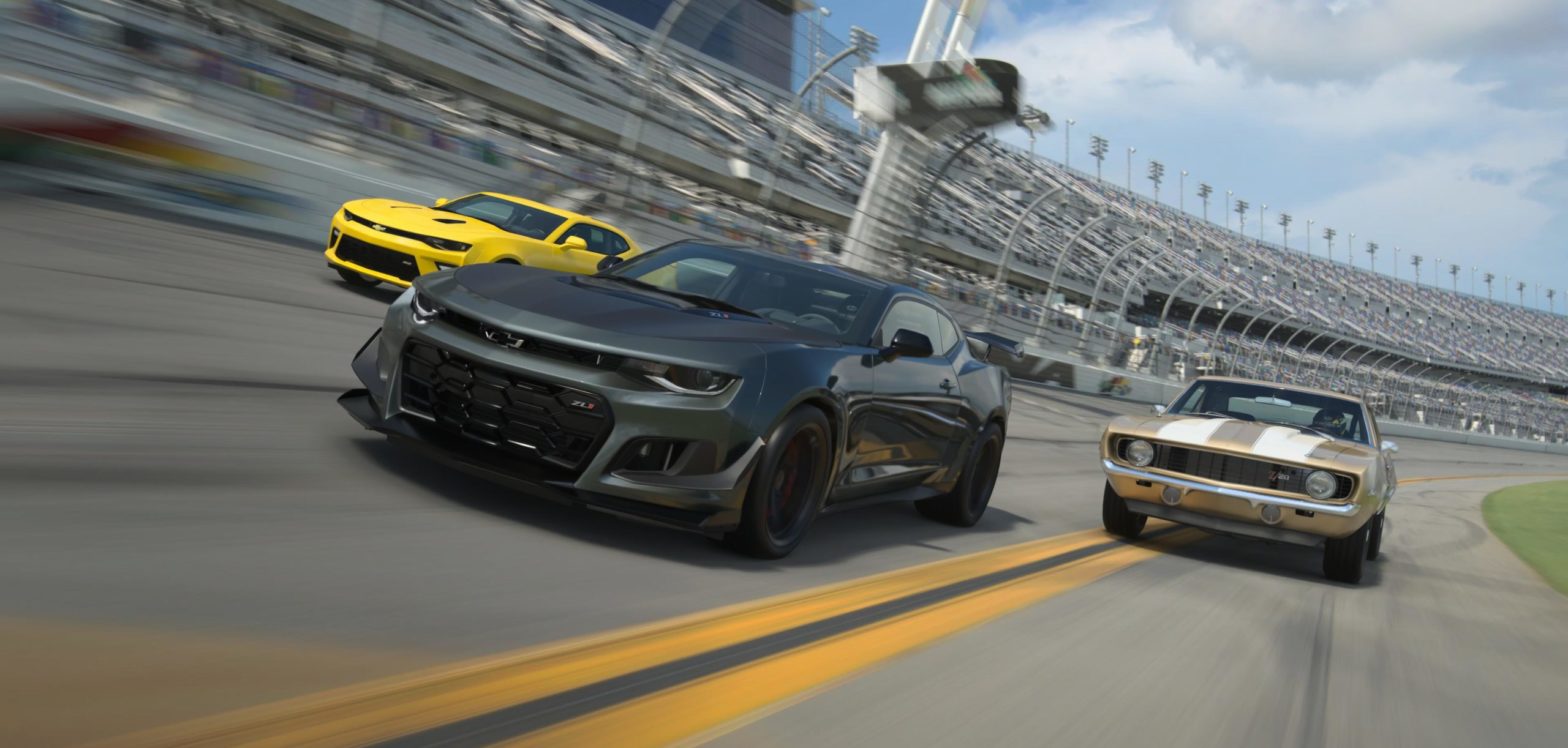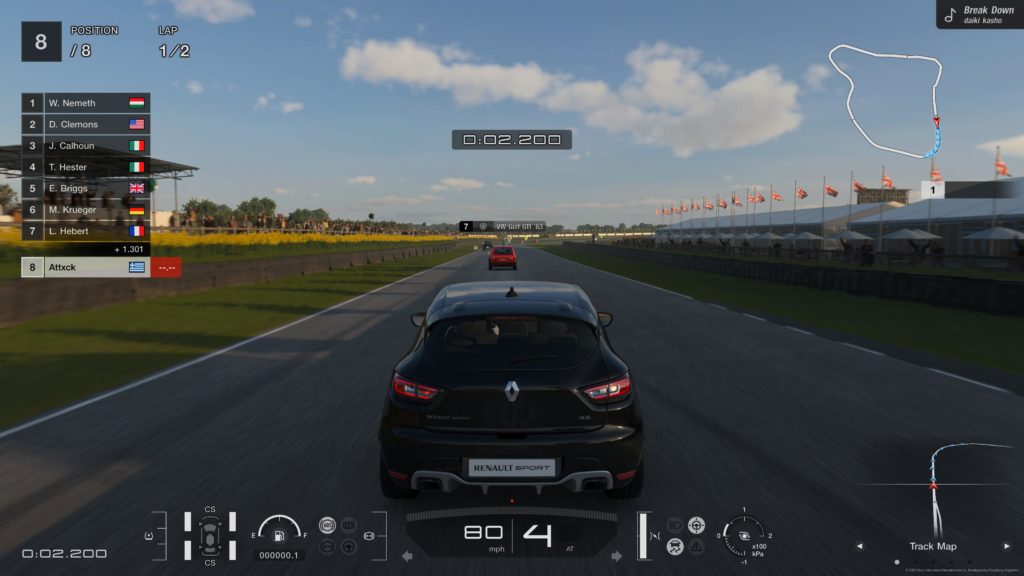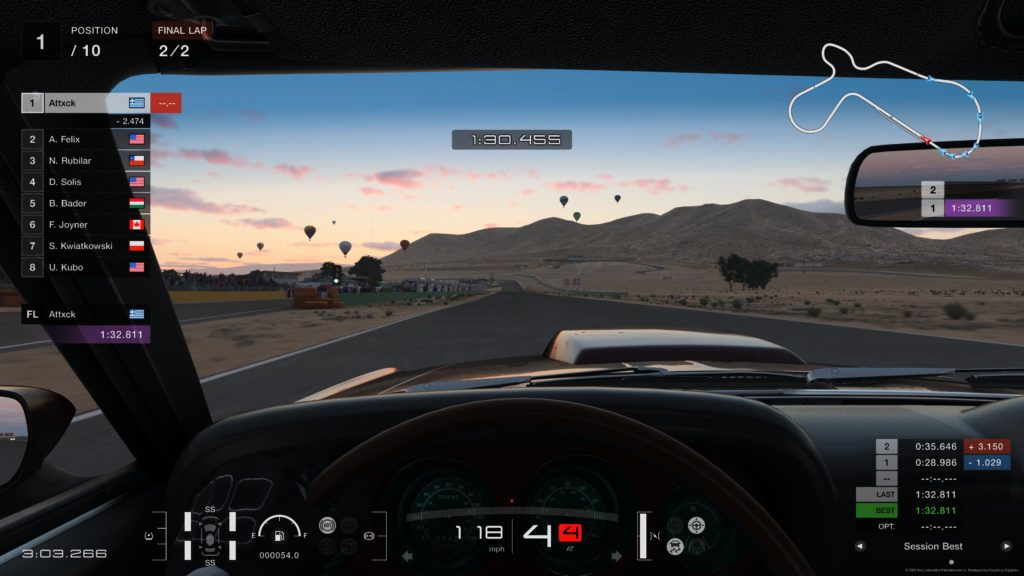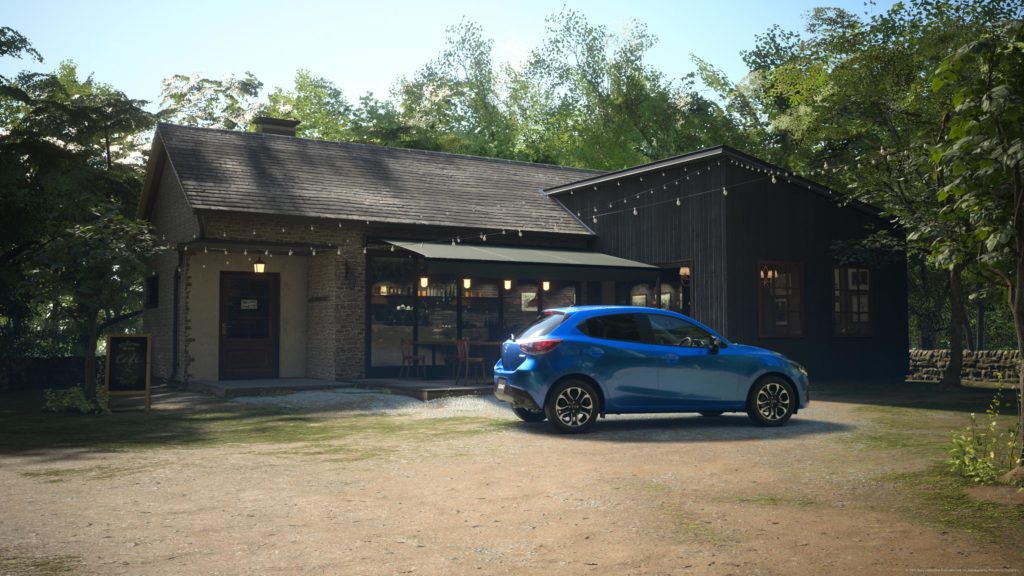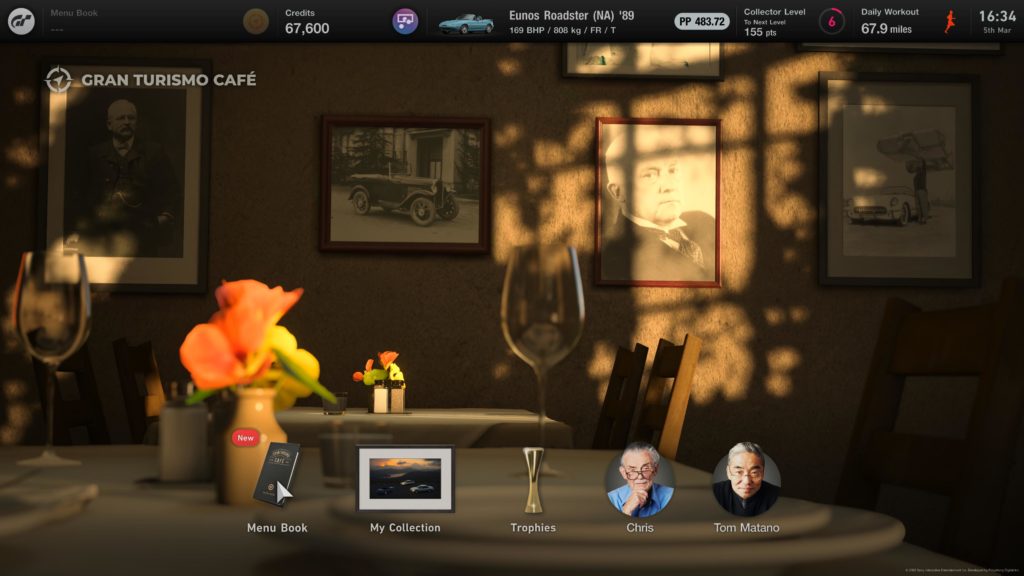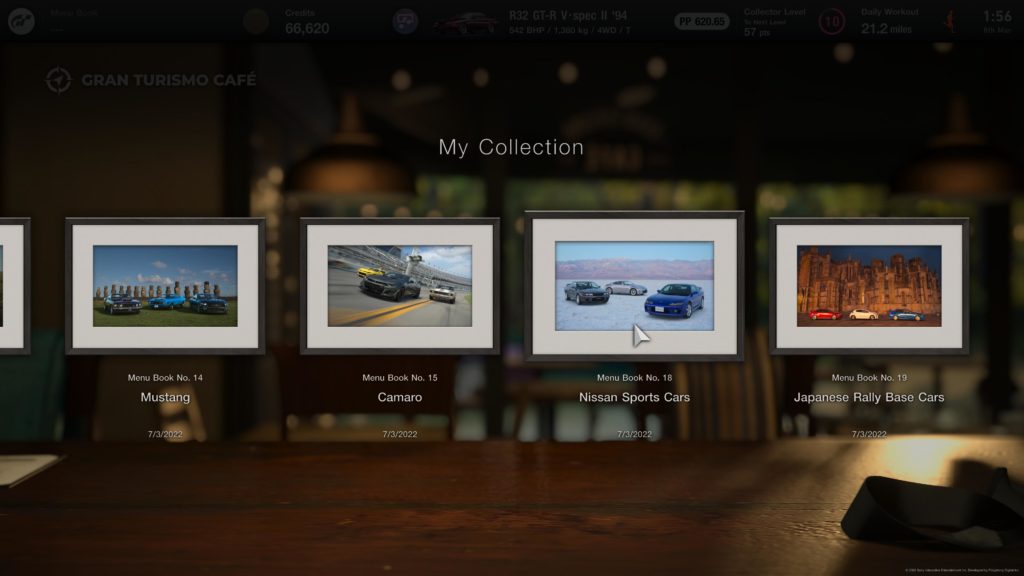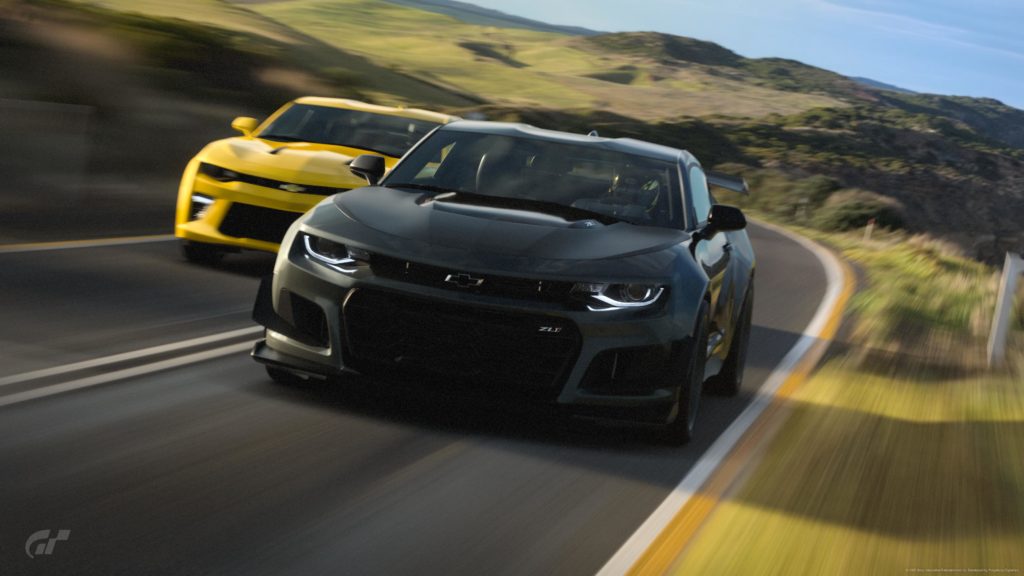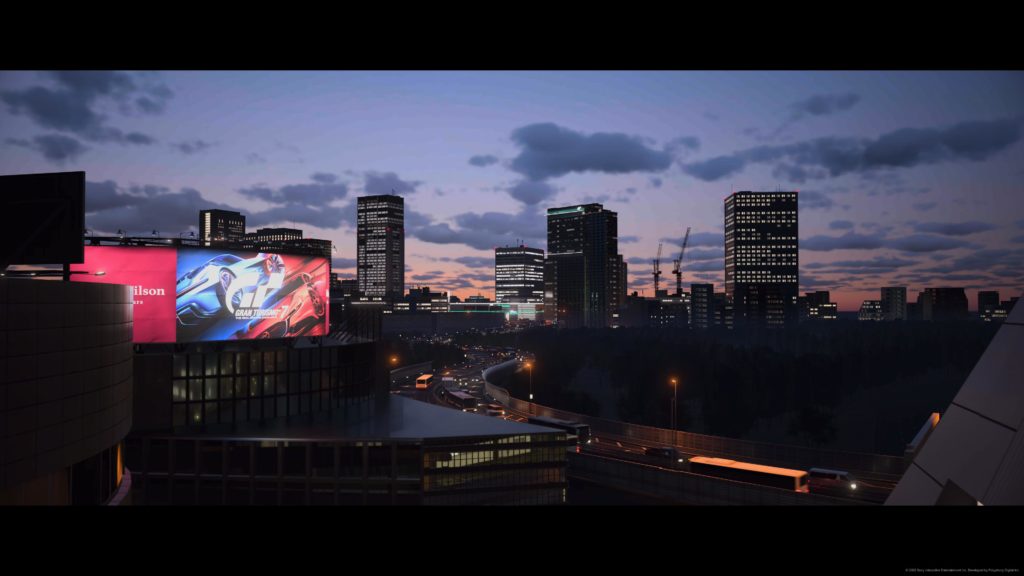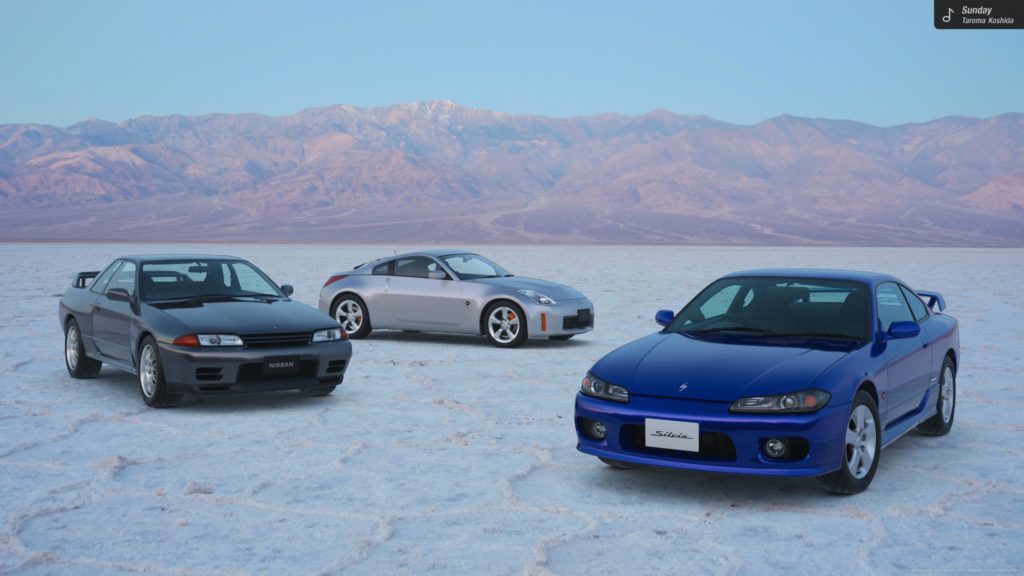You'll love it if:
- You really like cars
- Action racers can't quite scratch your racing itch
- You're interested in learning more about car culture
Not for you if:
- You can't handle demanding games
- You're looking for an action racer and not a driving sim
Say what you will about Japan’s contributions to pop culture, but there’s one thing you can’t argue about; the Japanese know how to make some amazing cars. And they sure know how to make car games. See what I did there? The Gran Turismo series has never been your run-of-the-mill racing game, and GT7 stays very much true to this principle. In many aspects, Gran Turismo 7 is exactly what you expect it to be, especially if you’ve indulged in previous GT entries. The Japanese brilliance of making high-quality products, following the same recipe like straight out of a production line, yet improving a teeny bit every time, is very apparent in this game.
If you’re looking for a robust racing game that’ll make your heart pound, Forza Horizon 5 might be the better fit for you. In many ways, Gran Turismo 7 isn’t a game for fans of racing, but more so, a game for those who know how to appreciate four-wheeled vehicles. What makes it different isn’t the collecting aspect, but the way it shows its appreciation for cars. It’s a quick history lesson about the automobile industry, your finest entry point into car culture. It’s classy, it’s elegant, and it’s refined. Speed is never the answer to your problems here, it’s all about the technique. It’s rarely down to the car, but rather, down to the driver.
Of course, the Gran Turismo series was never about action-racing. The sense of speed on offer, however, remains unmatched. GT7 is a very realistic game, and I’m not talking about the brilliant car models, the stunning reflections, and the tight controls. You can tell it’s realistic by how much the American muscle cars suck in this game. Just like in real life.
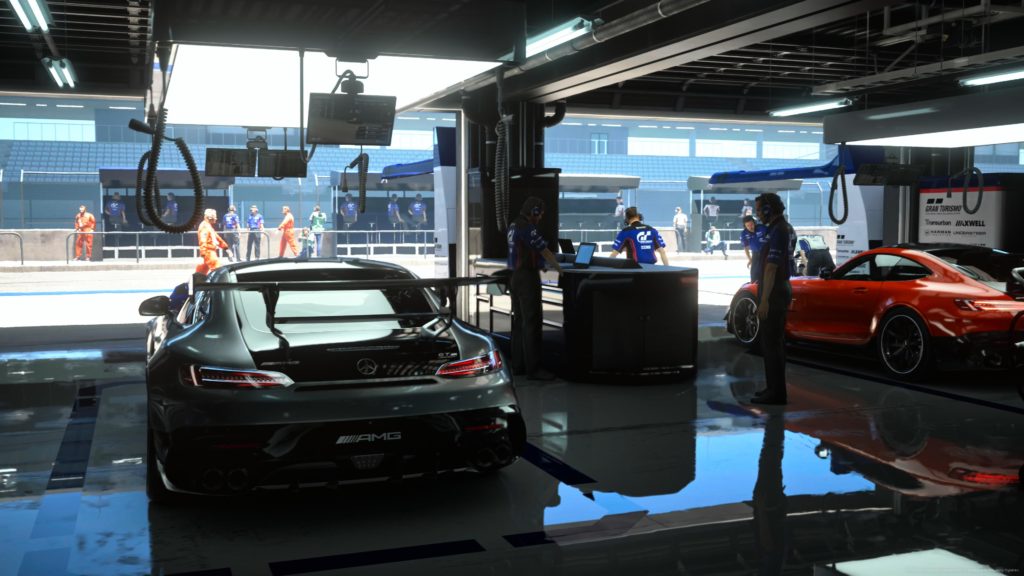
TL;DR
Gran Turismo 7 is an endless appreciation of the wonders of the automobile industry. It’s not about the racing, it’s about the cars. A paradise for those familiar with car culture, and an opportunity for those willing to learn*.
All photos in this article are in-game screenshots, taken either during cinematics or by using the photo mode.
*Please note that this review was finalized before the GT7 server outages and the controversial in-game currency re-balancing done in mid-March 2022. For the sake of integrity, our review has not been changed. Keep in mind that these issues, while they affected us as we kept playing in the post-review period, are not reflected in this article.
Visuals
Gran Turismo 7 is a phenomenal-looking game. Its photorealistic approach works wonders most of the time and when it doesn’t, it’s mostly because of optimization issues. Micro-stutters, frame drops, and car models looking out of place in real-location photos are the worst you can encounter in GT7. And that speaks volumes about the work Polyphony Digital has put into this project. I suggest you play this game in Performance mode, or as it’s dubbed here; Prioritize Framerate. Ray-Tracing isn’t available in the races, but only in replays, and twitchy games like GT7 are not tolerant to frame drops.
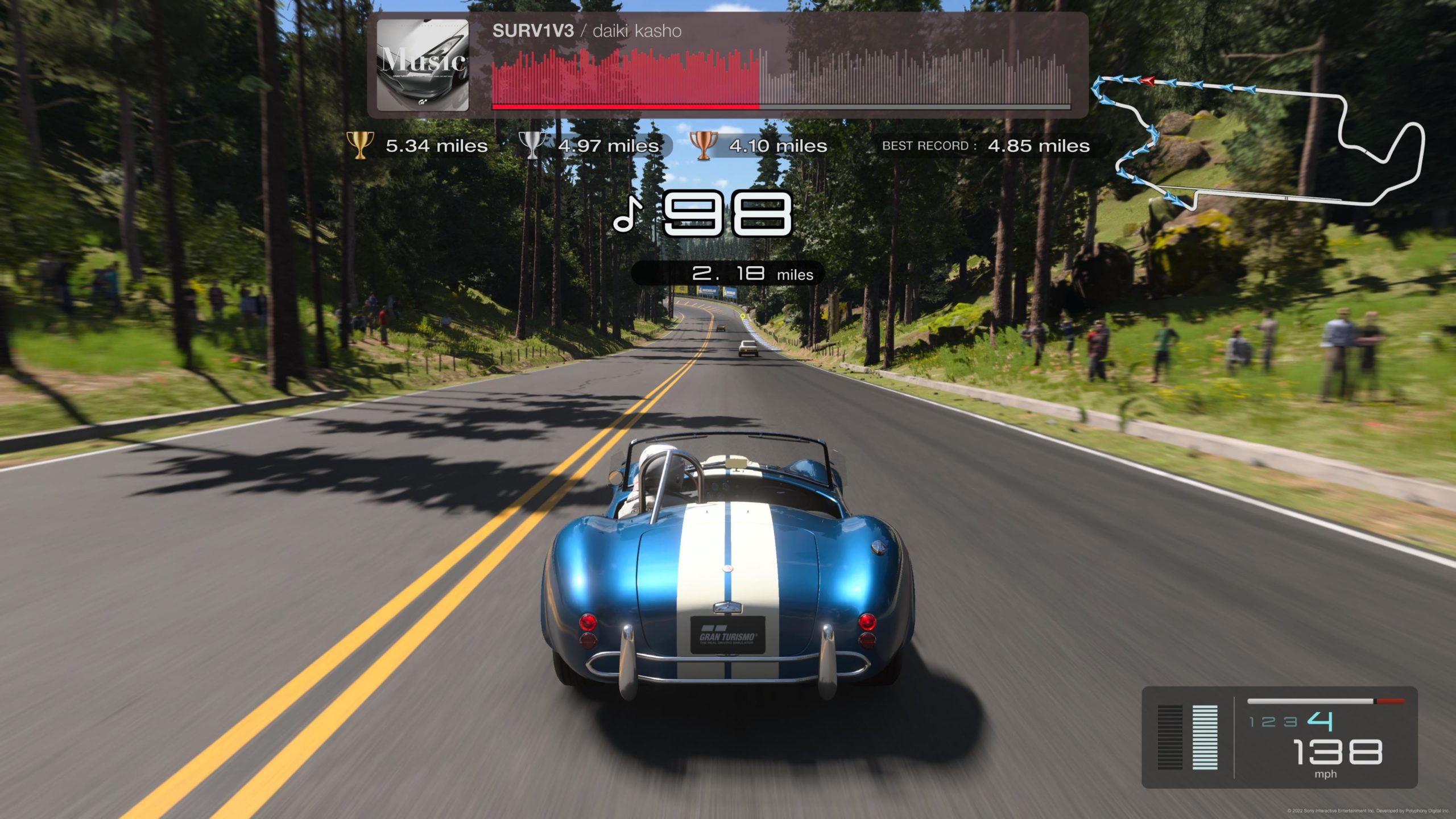
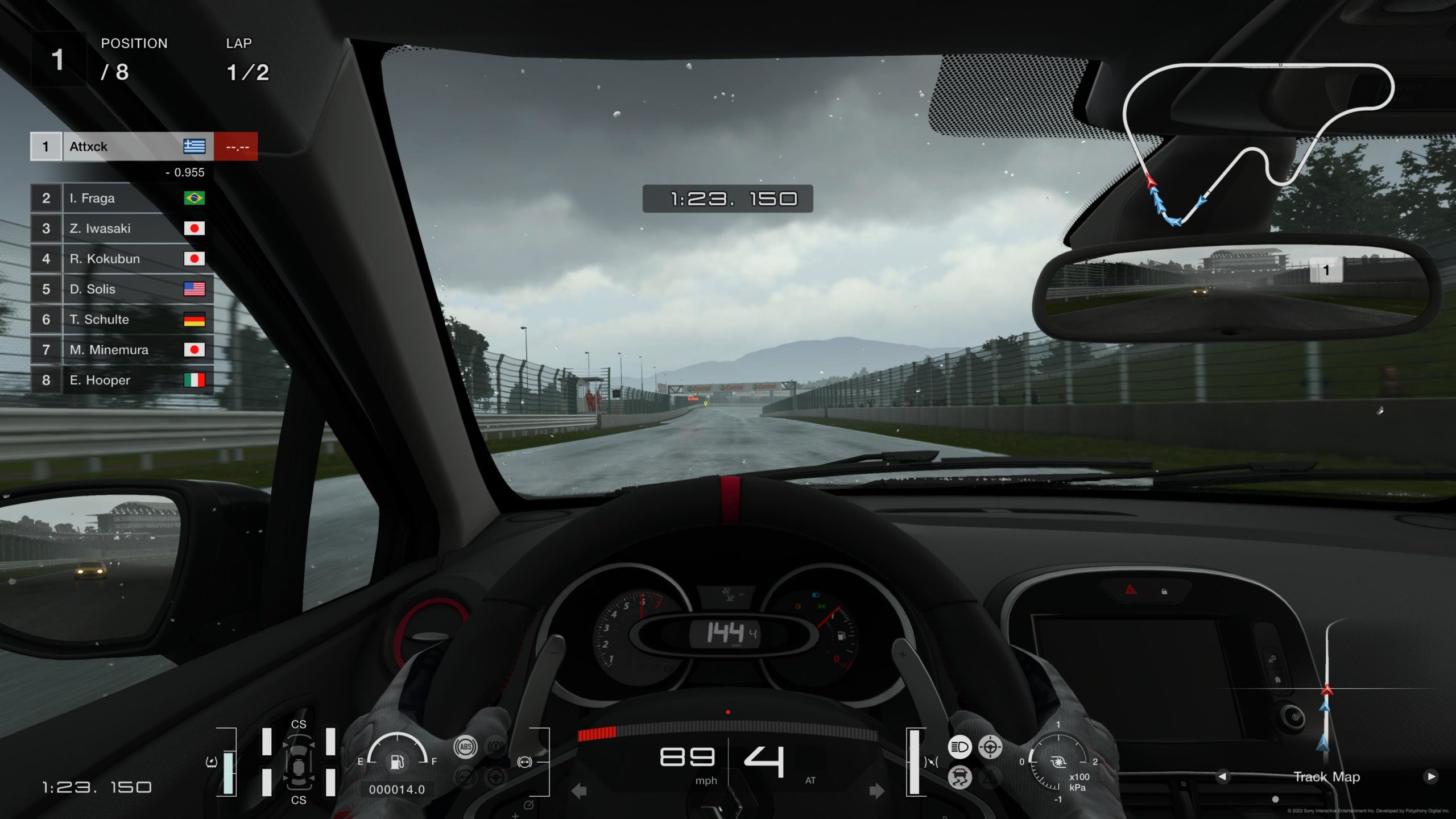
Your car will never look this good
The car models in this game are absolutely absurd. The absence of an open world, leaves all the resources to go straight to rendering the cars. And the results speak for themselves. Even the hardcore PC sims can’t match this quality. Of course, racing games are always treated as a showcase for the graphical horsepower of the console in question, and as we saw with Horizon Forbidden West, the PS5 is no slouch.
Where Gran Turismo 7 really gets to shine, however, is in first person mode. I rarely ever play racing games using the first-person camera, but this one is different. First of all, first-person is the way it’s meant to be played. That’s why you start off with that camera. The cabin, the interior, of each car is depicted in incredible detail. Even in the lower end cars, it’s just like in real life. If you’ve driven some or been in of these vehicles, it’s immediately recognizable. But it’s the little details I appreciate the most, like the street lights reflecting on your dashboard as you zoom past corners on the Tokyo Expressway.
It helps that most tracks are a visual feast too. I enjoyed all the urban tracks in Tokyo the most. Maybe I just miss the early-2000s tuned street racing culture.
Ever liked car photography but lacked the equipment?
Gran Turismo 7 comes with one of the most complete photo modes we have ever seen in a video game. Using the Scapes feature, you can put your custom cars in photos of real-life places from all over their world, and most of the time, they’ll fit right in. You can take moving photos, control everything from white balance to shutter speed, and even add multiple cars to create custom scenes and set pieces. Scape Movies mode is also available through your garage, which makes your car cruise through recognizable places from all over the world. They’re a couple of handy little tools that can be extremely potent in the right hands. Not mine, though.
Replays are also very nice in this game. It’s probably when this game looks the best, and you can take full advantage of them to get some amazing shots through the multiple cameras available. All the cameras however, are focused solely on your car, and there’s little room for free roam maneuvering. When I watched my replays, I was always tripping and thinking that my car was going a bit too slow on the replays, but if I ever learnt anything by watching Top Gear is that the fastest drivers always look the slowest.

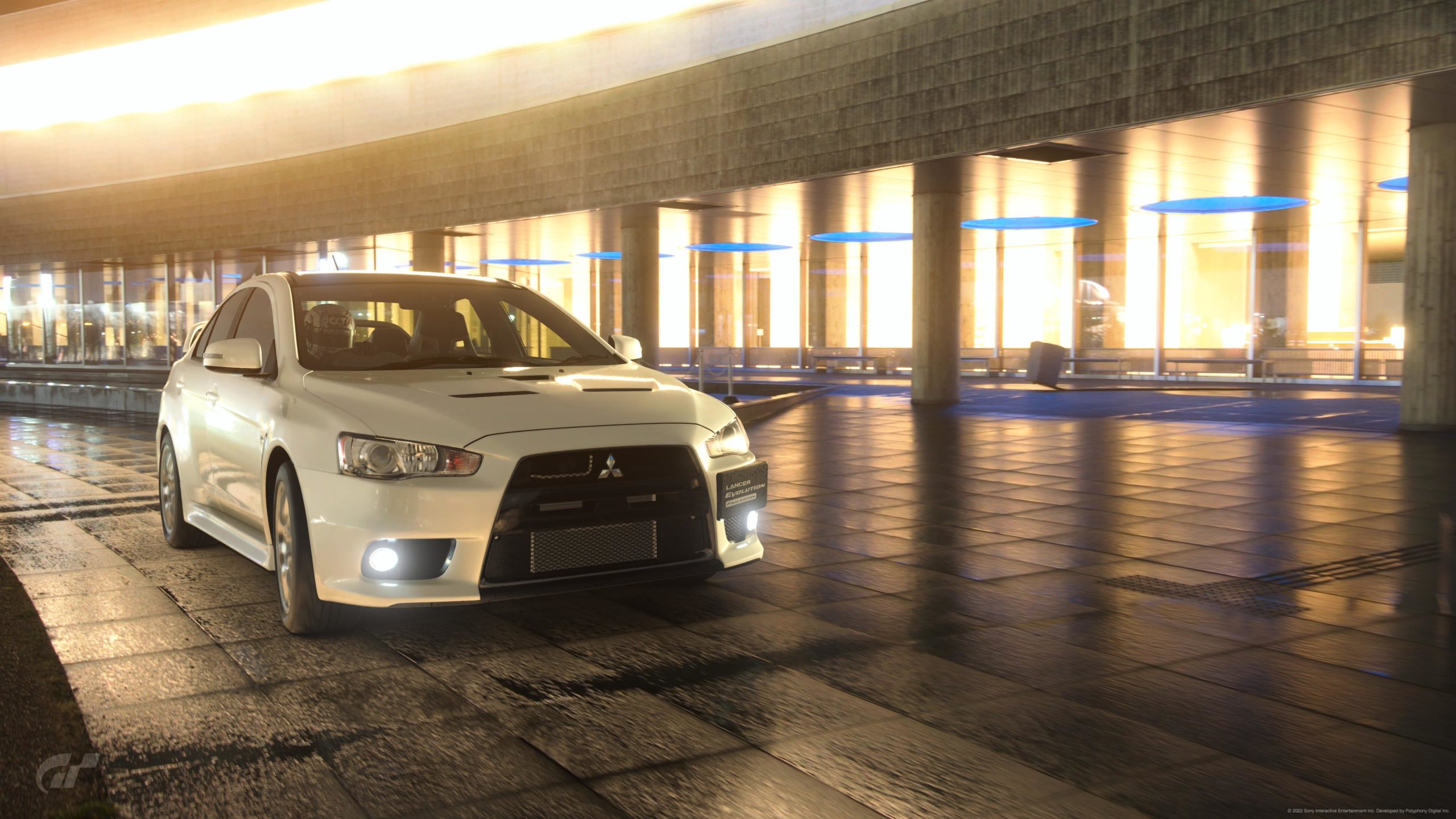
Getting better, slowly but surely
One thing I could never get over in Gran Turismo games, is how bad the UI always was. Here, it’s much better than in previous iterations. In typical Japanese game fashion, it feels more complicated than it needs to be, yet it’s still very intuitive. You see, this game has A TON of features. It may make the whole navigating process a little slower, but every feature is easily accessible and you’ll appreciate that in later stages of the game. Tuning is a breeze.
The World Map is a great addition, that not only works great visually, it’s the perfect navigation tool for a game like this. If I could change anything, I would just reduce the amount of fade-ins in the UI. Gran Turismo 7 has pretty much no loading screens, and the animations don’t do the speedy SSD any justice.
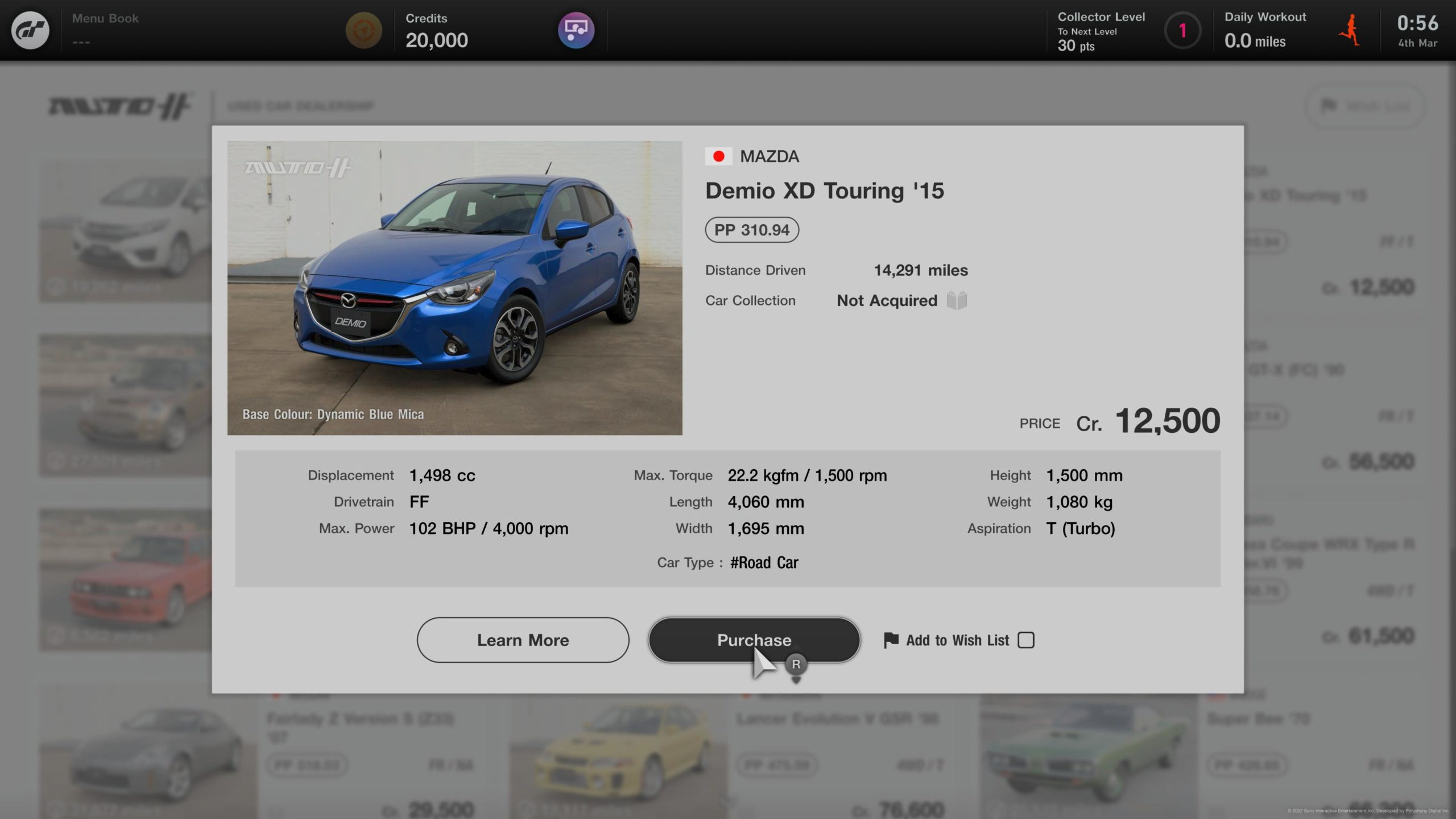


Gameplay
A trip down memory lane
Gran Turismo 7 is set up like a legit history lesson. By playing through the menus in the cafe, you’ll get to learn about iconic automobiles of the 20th century, as well as newer ones. These menus act like a story mode in a sense. Most of them will have you collect different cars of the same type by completing races. The pacing is what makes it interesting. You’ll start from iconic compact sports cars and go all the way to the latest GT-R. You can feel the progress of the industry by experiencing it first hand. After completing each menu, you’ll watch a brief cinematic and get some valuable information about the cars you just collected. You probably won’t drive all of them, but you can get pretty far into the game without actually having to buy a car, going only with the ones you win from races.
In the cafe you can also talk with all kinds of people that show up at random times, and they’ll all have something to say regarding your car or track record. Keeping track of your collection and your trophies, it’s all done through the cafe. In addition to providing you with different objectives to complete, the cafe also serves as a way for GT7 to introduce all the different features that are present. I liked how they managed to incorporate everything so neatly.
Incredibly satisfying driving experience
Complimentary features aside, the main aspect of Gran Turismo 7 is, obviously, driving. And the experience is honestly phenomenal. Every car handles differently, and feels unique. After a certain point, you can easily tell what car you’re driving simply by how the ride feels. Some cars offer a comfortable, and others a bumpier ride. And it’s all very realistic. Japanese cars are twitchy, while American vehicles come with a lot of power but nothing else to offer. It’s simple stuff, but doing it in such a large scale can be a daunting task. Polyphony has the science down.
Tuning can also have a large impact. In most games, you don’t really need to tune your cars, you just switch to the faster one when you’re having trouble. Or at least that’s the way I played Forza all these years. Why bother going through all the trouble for minimum effect? This is not the case in Gran Turismo 7. Small adjustments amount to big changes, and can make your life a whole lot easier. You don’t even have to spend a ton of credits; changing tires is what you’re looking for, most of the time. Customizing the exterior of your car is not as extensive as I would have liked, but at least it’s got a bit more on offer than the bare minimum.

Steering with the DualSense
Gran Turismo 7 offers one of the most effortless “driving-with-a-controller” experiences. Haptic feedback is excellent. You can feel the bumps in the road as you pass through, and your controller shakes when you approach your car’s limit, just like a real steering wheel. The triggers that stiffen when you’re racing add some very welcome flair. You even have the ability to use gyroscopic motion controls. They work very well, I just found it a bit awkward waving my controller around. You can always use a third-party steering wheel, and this is something the game encourages with pre-configured steering wheel controls. That’s why we’re going to be testing it real soon.
Ticking all the boxes
Besides completing the menus at the cafe, there’s lots of other objectives to complete in GT7. License tests are back, and they’re equally as frustrating. But you can bet, getting gold in them is still so damn satisfying. Missions will have you doing timed-like challenges, where you have to overtake all the cars in the course in one lap, but they all get a significant head-start. As always, you can create your own races and events, but more events will start to appear as you progress in the game. Multiplayer is available, and matchmaking seemed to work with no issues, even on the first day. Be mindful of the skill gap when online racing.
Your collector level will increase with each car you get. As you progress through the levels, more and more of the game will start opening up. You will receive invitations to purchase some very exclusive cars, from select manufacturers, and more tracks will become available for you to race in. You will have fill up the whole catalog of cars that are available within the game in order to complete it. Sort of like completing the Pokedex.
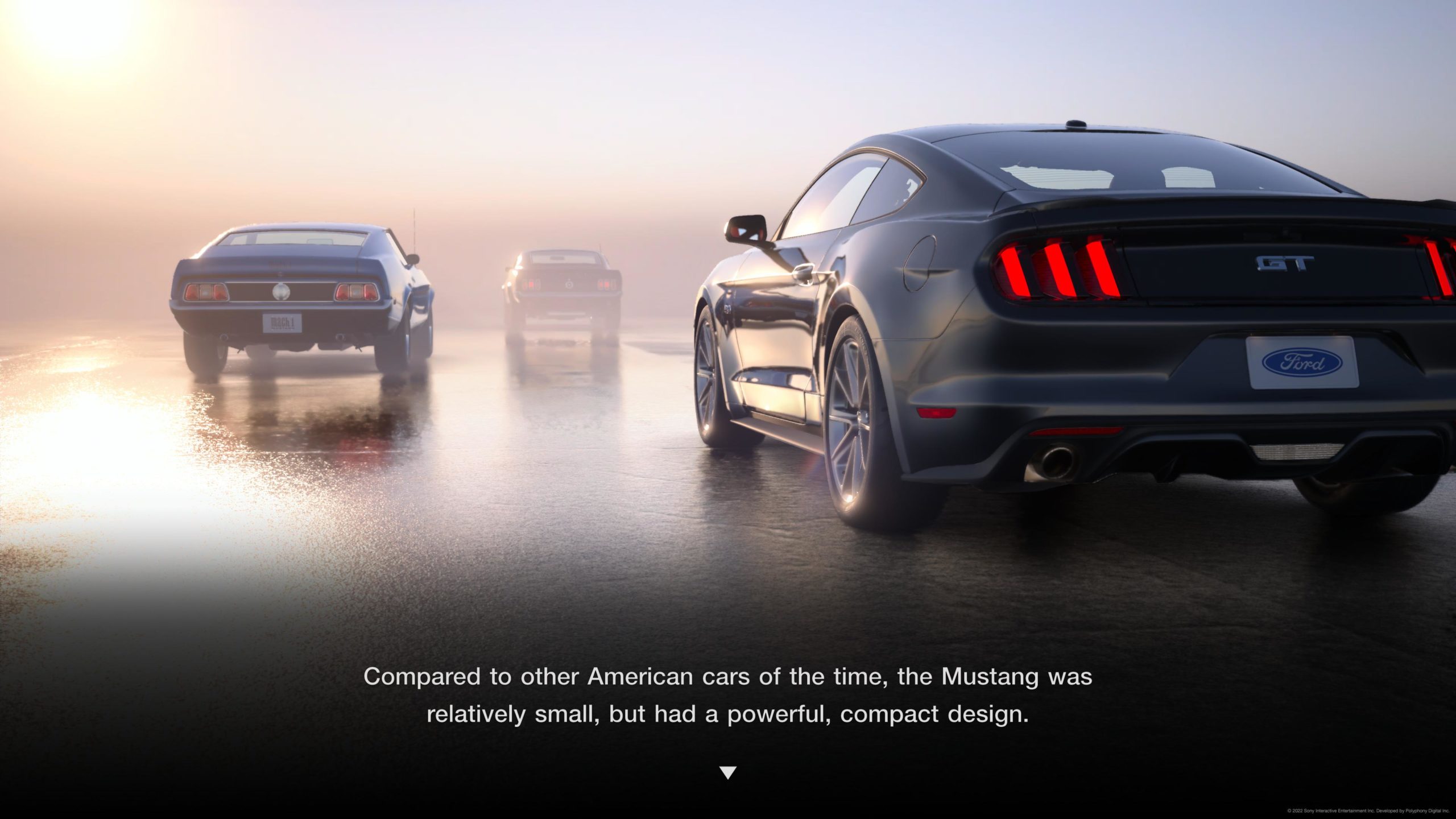
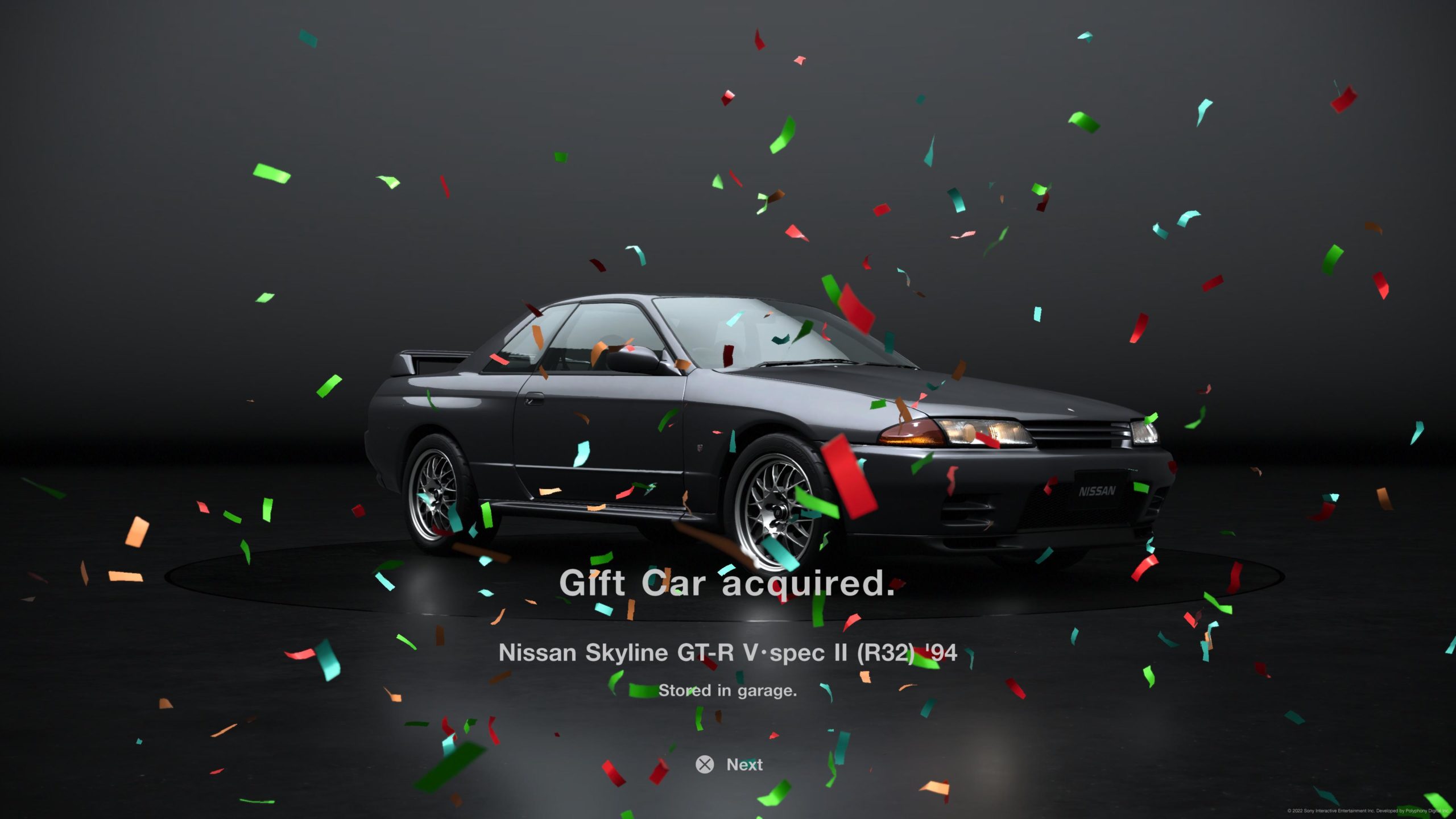

Sound
The audio aspect of Gran Turismo 7 perfectly matches the visual fidelity. In short; it’s incredible. The cars have a very satisfying oomph to them and it adapts to how you’re playing the game. If you’re playing in the third-person chase camera, you’ll get audio feedback according to how the engine would sound when you’re close to it. That still sounds very nice, but everything feels a bit more serious when listening from the first-person perspective. There’s something about listening to the high-pitched whirs of your turbocharged hot hatch as you’re zooming through a race track. Or that naturally aspirated BMW M engine. Literal chills.
You can customize the sound to your preferences. There’s tons of options in the menu and you can even customize how loud specific audio cues can get, so they don’t drown out the rest of the sounds. Presets work well, but everyone hears things differently. Accessibility is nice, and I’m glad all developers are starting to embrace it.
Custom-made soundtrack
Gran Turismo 7, like all games in the series, comes with an original soundtrack. There’s many different genres of music here, for all tastes, and I have to say, most of the tracks fit the theme perfectly. There are different themes for the menus, the cafe as well as certain racetracks. You can see what track is currently playing by the information panel on the upper right corner of your screen. Pretty handy.
Conclusion
Gran Turismo 7 feels, in many ways, like the culmination of 25 years of experience by the developers. It’s a very robust racing game, with exceptional visuals and the high-quality gameplay we’ve grown accustomed to in the Gran Turismo series. It’s exactly what you expect it to be, and while that may sound boring to some, what you pay is what you get. There’s a large amount of content on offer, lots of boxes to tick, cars to collect, photos to take. It feels like it’s more than a racing game with its ultra-powerful photo mode, while still having all of the caveats that have became staples in the GT series, like cluttered menus and way too many text boxes. It’s a worthy pick-up for any car enthusiast.
You can get a digital copy of Gran Turismo 7 from the PlayStation Store, or buy a physical copy from Smartoys.be.
We would like to thank PlayStation Greece for providing the review copy we used for this review.
